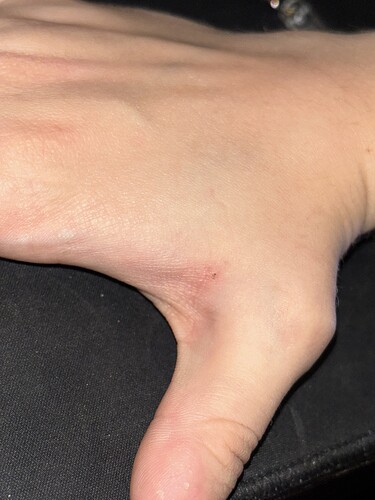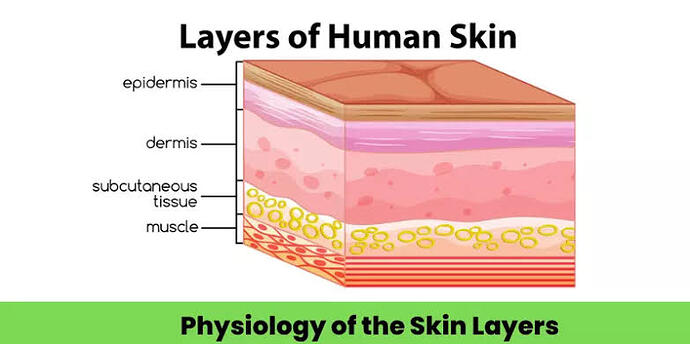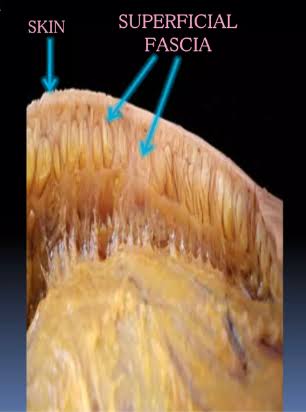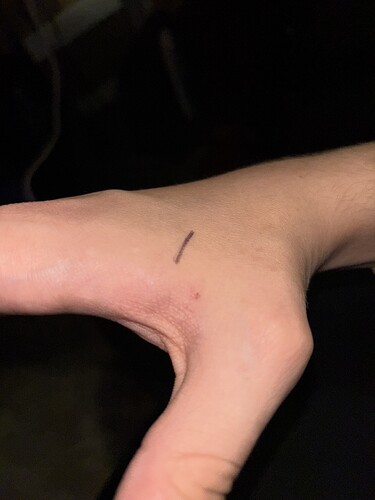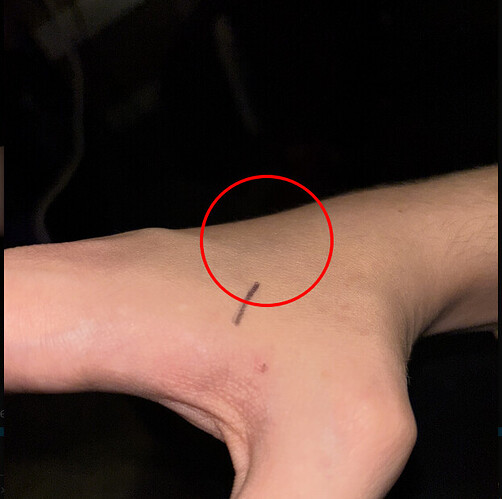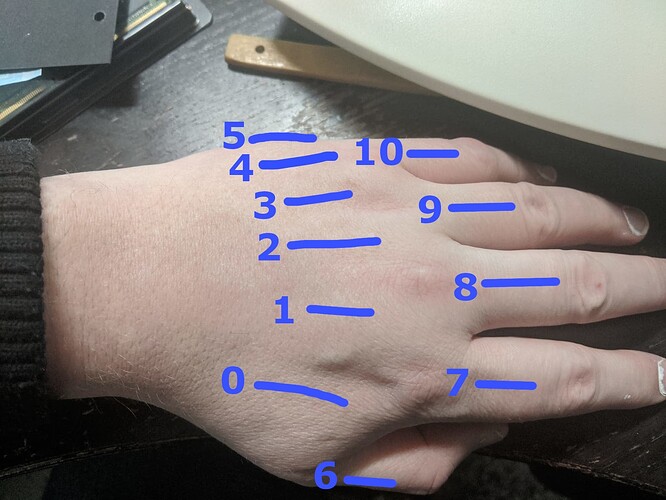Hello All,
I recently got my NeXT chip 5 days ago and was hesitant to make this post just yet as I know it can take some time for the healing process before you get any reads. I can use my phone to program the NFC and it working consistently and perfectly fine.
When using my proxmark3 easy, not sure where I got it bc Ive had it so long, but its the same model as shown on the dangerousthings store. I have used varied iceman versions every time I have been able to read my test HID cards perfectly, although when going to read my implant, I cant get a good read. When it does pickup the chip, it reads indala. Currently this is my proxmark output
pm3 ~/proxmark3$ ./pm3
[=] Session log C:\Users\xxx\Desktop\ProxSpace\pm3/.proxmark3/logs/log_20230418.txt
[+] loaded from JSON file C:\Users\xxxx\Desktop\ProxSpace\pm3/.proxmark3/preferences.json
[=] Using UART port COM5
[=] Communicating with PM3 over USB-CDC
<removed ascii art>
[ Proxmark3 RFID instrument ]
MCU....... AT91SAM7S512 Rev B
Memory.... 512 KB ( 60% used )
Client.... Iceman/master/v4.16191-284-g2be05ceea 2023-04-14 18:51:06
Bootrom... Iceman/master/v4.16191-284-g2be05ceea 2023-04-14 18:50:31
OS........ Iceman/master/v4.16191-284-g2be05ceea 2023-04-14 18:50:42
Target.... PM3 GENERIC
I would assume this indicates the chip being detected just not successfully read. But when I follow up t55xx chip detection I always get nothing. Now I want to chalk it up to, give it time to heal, but then I can get NFC super easy, so im not 100%. I thought potentially a bad reader? Well, it doesnt seem like it because cards are reading just fine. I know the general spot I need to be scanning at, I can feel it and its pretty straight. Does anyone have any ideas as to what I could be doing wrong? How likely is it that my t5577 chip is bad? If the best answer is wait a week or two, thats fine, I will report back at a later time and update, just super frustrated atm.
>hw tune
>lf t55xx detect
Response:
[!] Could not detect modulation automatically. Try setting it manually with 'lf t55xx config'
For a while, I thought it was getting more reads when doing a bunch of lf seach commands on my implant, but as of recent it seems like the scanner is just picking up indala reads at random whether my hand is there or not. Below is an example of of the lf search commands when my hand IS NOT over the scanner, picked up 4/8…
[=] Couldn't identify a chipset
[usb] pm3 --> **hw tune**
[=] ---------- Reminder ------------------------
[=] `hw tune` doesn't actively tune your antennas,
[=] it's only informative.
[=] Measuring antenna characteristics, please wait...
[-] 9
[=] ---------- LF Antenna ----------
[+] LF antenna: 38.46 V - 125.00 kHz
[+] LF antenna: 31.20 V - 134.83 kHz
[+] LF optimal: 38.46 V - 125.00 kHz
[+] Approx. Q factor (*): 5.8 by frequency bandwidth measurement
[+] Approx. Q factor (*): 11.2 by peak voltage measurement
[!] Contradicting measures seem to indicate you're running a PM3GENERIC firmware on a RDV4
[!] False positives is possible but please check your setup
[+] LF antenna is OK
[=] ---------- HF Antenna ----------
[+] HF antenna: 33.02 V - 13.56 MHz
[+] Approx. Q factor (*): 9.6 by peak voltage measurement
[+] HF antenna is OK
(*) Q factor must be measured without tag on the antenna
[+] Displaying LF tuning graph. Divisor 88 (blue) is 134.83 kHz, 95 (red) is 125.00 kHz.
**[usb] pm3 --> lf search; lf search; lf search; lf search; lf search; lf search; lf search; lf search;**
[=] NOTE: some demods output possible binary
[=] if it finds something that looks like a tag
[=] False Positives ARE possible
[=]
[=] Checking for known tags...
[=]
[=] Odd size, false positive?
[+] Indala (len 131) Raw: 8000000000000000000080d0040010020217ffffffdffdebfffbffff
[+] Valid Indala ID found!
[=] Couldn't identify a chipset
[=] NOTE: some demods output possible binary
[=] if it finds something that looks like a tag
[=] False Positives ARE possible
[=]
[=] Checking for known tags...
[=]
[=] Odd size, false positive?
[+] Indala (len 137) Raw: 80000000000002000000205000000080008000814000000200037fff
[+] Valid Indala ID found!
[=] Couldn't identify a chipset
[=] NOTE: some demods output possible binary
[=] if it finds something that looks like a tag
[=] False Positives ARE possible
[=]
[=] Checking for known tags...
[=]
[-] No known 125/134 kHz tags found!
[=] Couldn't identify a chipset
[=] NOTE: some demods output possible binary
[=] if it finds something that looks like a tag
[=] False Positives ARE possible
[=]
[=] Checking for known tags...
[=]
[=] Odd size, false positive?
[+] Indala (len 147) Raw: 80000000000000440000005040000010000400000000000440000005
[+] Valid Indala ID found!
[=] Couldn't identify a chipset
[=] NOTE: some demods output possible binary
[=] if it finds something that looks like a tag
[=] False Positives ARE possible
[=]
[=] Checking for known tags...
[=]
[=] DEBUG: detectindala | 43
[-] No known 125/134 kHz tags found!
[=] Couldn't identify a chipset
[=] NOTE: some demods output possible binary
[=] if it finds something that looks like a tag
[=] False Positives ARE possible
[=]
[=] Checking for known tags...
[=]
[=] DEBUG: detectindala | 43
[-] No known 125/134 kHz tags found!
[=] Couldn't identify a chipset
[=] NOTE: some demods output possible binary
[=] if it finds something that looks like a tag
[=] False Positives ARE possible
[=]
[=] Checking for known tags...
[=]
[=] DEBUG: detectindala | 32
[-] No known 125/134 kHz tags found!
[=] Couldn't identify a chipset
[=] NOTE: some demods output possible binary
[=] if it finds something that looks like a tag
[=] False Positives ARE possible
[=]
[=] Checking for known tags...
[=]
[=] Odd size, false positive?
[+] Indala (len 68) Raw: 80000000400808040fffeffef7fffffbfffffffbfffff7fffeffdfff
[+] Valid Indala ID found!
